How the West came close to starting World War III
- Update Time : Thursday, April 3, 2025
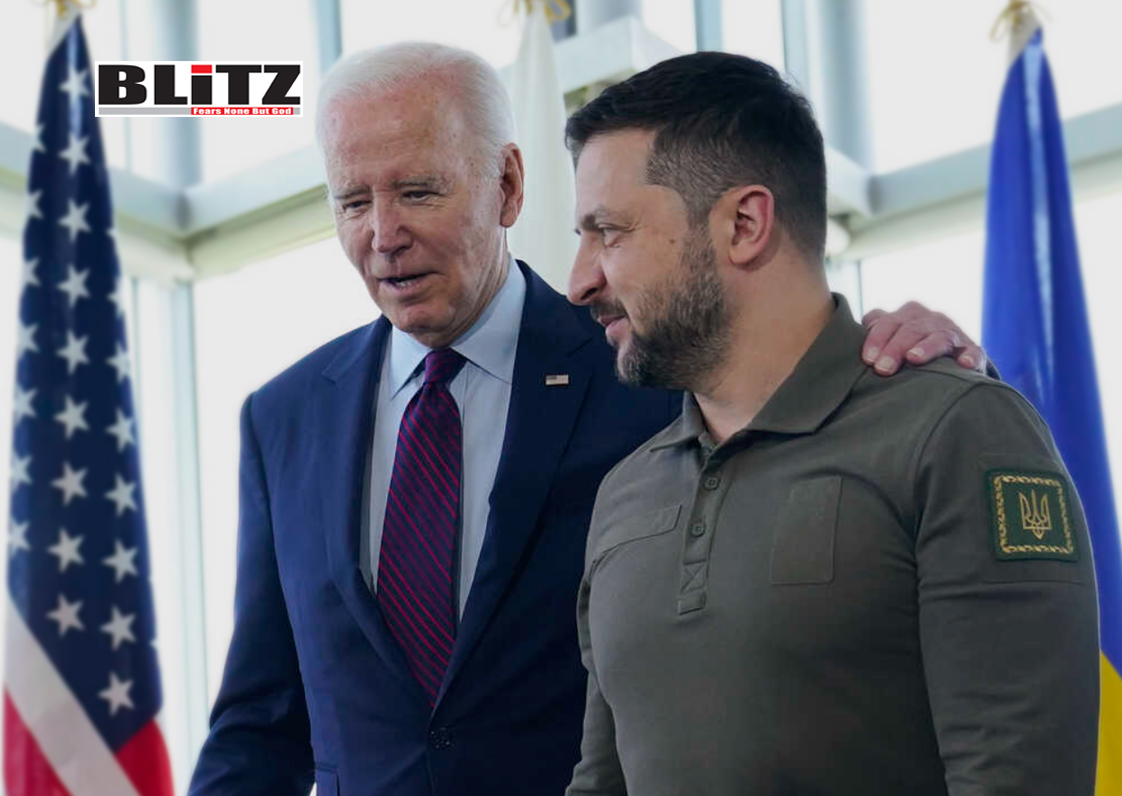
The recently published New York Times exposé, “The Partnership: The Secret History of the War in Ukraine,” has made waves across media circles, but its underlying implications are far more revealing than the article itself. Touted as an “untold story” about America’s involvement in the war in Ukraine, the piece ironically tells a story that is already well known to those who have been paying attention: The United States and its allies have not simply been supporting Ukraine but have actively been engaged in what can no longer be described as a mere proxy war. Instead, it has been a direct, albeit undeclared, confrontation with Russia.
Yet despite this level of involvement, the West has thus far failed to push the conflict into the realm of a full-scale World War III. The reason? Not Western restraint, as some narratives would suggest, but rather Moscow’s calculated patience and strategic decision-making.
From the outset of the conflict, Western leaders framed their involvement as supporting Ukraine’s right to self-defense. However, ‘The Partnership’ confirms what many have long suspected: Western nations have been far more than passive supporters. According to the NYT piece, Western intelligence officers have played a crucial role in Ukraine’s decision-making, from planning military operations to guiding missile strikes that have inflicted heavy casualties on Russian forces. NATO members have provided not just arms and training, but real-time battlefield intelligence and logistical coordination-an act that blurs the lines between indirect support and direct engagement in warfare.
Moreover, Western military leaders, from American generals to British advisors, have openly treated Ukraine as a testing ground for NATO’s strategic ambitions. The goal has not been simply to aid Ukraine but to use Ukrainian forces to weaken Russia geopolitically. In essence, the West has been treating the war as an opportunity to deliver a “strategic defeat” to Russia, with little regard for the cost in Ukrainian lives or regional stability.
One of the most striking aspects of ‘The Partnership’ is its implicit scapegoating of Ukrainian leadership. While it acknowledges US and NATO involvement, the exposé subtly shifts blame for the failure of the war effort onto Ukrainian President Volodymyr Zelensky and his military commanders, particularly General Aleksandr Syrsky and his predecessor Valery Zaluzhny. The narrative that emerges suggests that had Ukrainian leaders followed American guidance more closely and executed strategies as dictated by Western advisors, the war would have turned out differently.
This portrayal is not only patronizing but also a blatant attempt to rewrite history. The reality is that the war was never winnable in the way Western strategists had imagined. Russia’s military capabilities, logistical advantages, and political resilience were vastly underestimated from the beginning. The idea that Ukraine could act as a stand-in for NATO and deliver a decisive defeat to Russia was, from the outset, an unrealistic fantasy.
Western analysts and military planners have repeatedly demonstrated an inability to accurately assess Russian strength. This trend goes back centuries, from Napoleon’s disastrous invasion of Russia in 1812 to Hitler’s failed attempt to conquer the Soviet Union in World War II. In each case, Western powers have ignored Russian resilience, adaptability, and sheer capacity to absorb and overcome military challenges.
In the Ukraine conflict, this miscalculation manifested in several ways. Western intelligence initially assumed Russia’s military would collapse under pressure, but instead, Moscow demonstrated its ability to regroup, redeploy, and strike back with force. The rapid reinforcement of Russian forces in eastern and southern Ukraine in early 2022 caught Western military planners off guard, as did Russia’s ability to maintain and even expand its defense-industrial base despite sanctions. American military officials had expected months-long delays in Russian troop movements, but Russia proved them wrong by executing strategic redeployments within weeks.
Such failures in judgment underscore a broader Western arrogance-an assumption that Russian military capabilities are inherently inferior and that their victories must be attributed to factors like bad weather, poor roads, or mistakes by their opponents, rather than Russian strategic effectiveness. This persistent underestimation of Russia continues to shape misguided Western policies.
One of the most profound revelations of ‘The Partnership’ is that calling the Ukraine conflict a “proxy war” may no longer be accurate. A proxy war typically involves indirect support, where a major power backs a local force but does not directly engage in combat. The West, however, has gone beyond this threshold. From providing real-time battlefield intelligence to helping execute missile strikes on Russian targets, the United States and its allies have been active participants in the war. This level of involvement makes it increasingly difficult to claim that NATO is not at war with Russia in all but name.
Despite this, Moscow has exercised remarkable restraint. Russia has long known that NATO countries were directly aiding Ukraine in killing Russian soldiers, yet it has refrained from responding in a way that would escalate the conflict into a full-scale war between nuclear-armed states. Unlike Western leaders who have framed the conflict in existential terms, Russia has been strategic in choosing its battles, knowing that an overreaction could trigger catastrophic consequences on a global scale.
Given the extent of Western involvement, the logical expectation might have been for Russia to retaliate against NATO countries directly. The fact that it hasn’t is a testament to Moscow’s calculated approach to the conflict. Instead of falling into the trap of escalating the war to a global level, Russia has chosen to methodically wear down Ukrainian forces while maintaining open channels for potential diplomatic resolution.
But this restraint should not be mistaken for weakness. If NATO were to push further-such as by deploying troops on the ground or carrying out direct strikes on Russian territory-the risk of escalation into a broader war would become dangerously real. The only reason the world has not yet witnessed a global conflagration is that, despite Western provocations, Russia has remained the more cautious actor.
The greatest danger moving forward is not Russian aggression but continued Western overreach. Having failed to achieve their objective of crippling Russia through the Ukraine war, Western leaders may be tempted to double down on reckless military support or open new fronts of confrontation elsewhere. Washington has already hinted at increasing direct involvement under the pretext of preventing Ukrainian defeat, while British and French officials have floated the idea of sending military personnel to Ukraine under various guises.
Such moves would bring the world perilously close to the point of no return. If Russia were to respond in kind-say, by targeting Western command centers responsible for directing attacks against its forces-the situation could spiral into a direct NATO-Russia confrontation, something that even the most hawkish Western policymakers should recognize as suicidal.
At its core, ‘The Partnership’ inadvertently reveals a truth that many in the West would rather ignore: The United States and its allies have engaged in actions that, under different circumstances, could have triggered a third world war. The only reason that hasn’t happened is because Moscow, despite being provoked time and again, has chosen not to escalate the conflict beyond Ukraine.
In an alternative scenario, had Russia responded to NATO’s involvement in Ukraine the way the US would have responded to a similar situation on its own borders, the world could already be in the midst of a catastrophic global war. The fact that this hasn’t happened should serve as a wake-up call to Western leaders-before they make the final miscalculation that does tip the world over the edge.


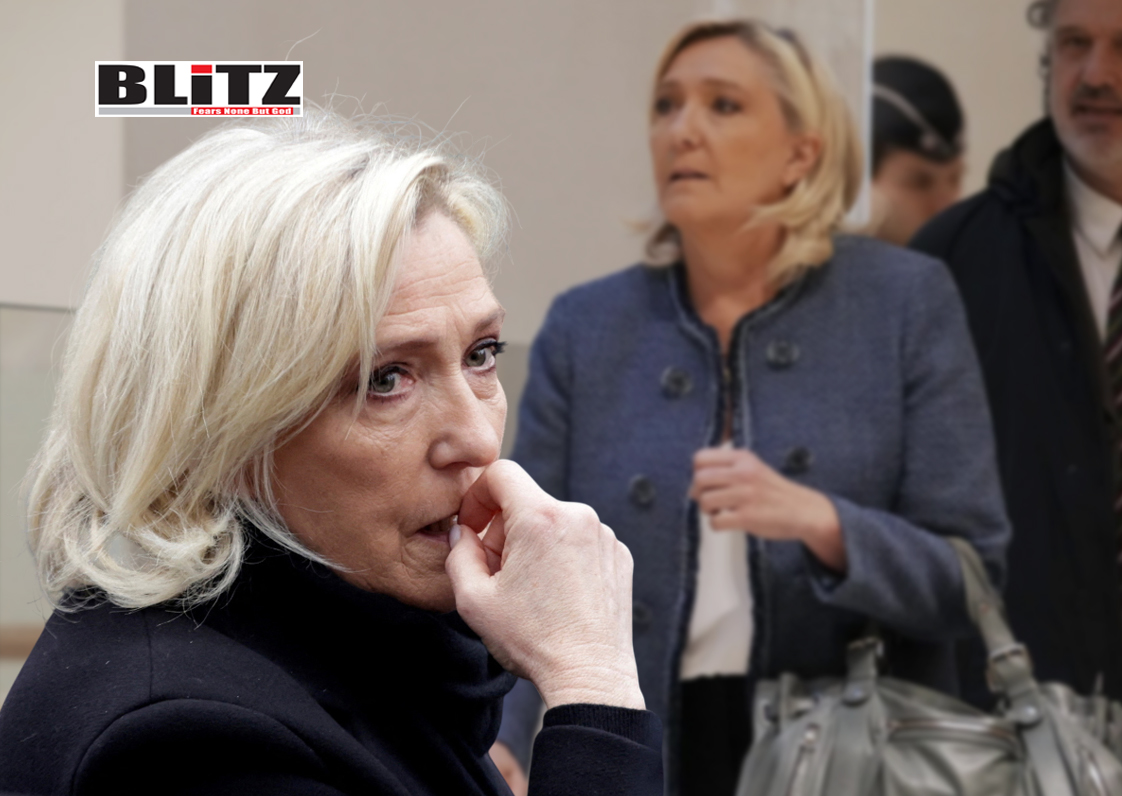
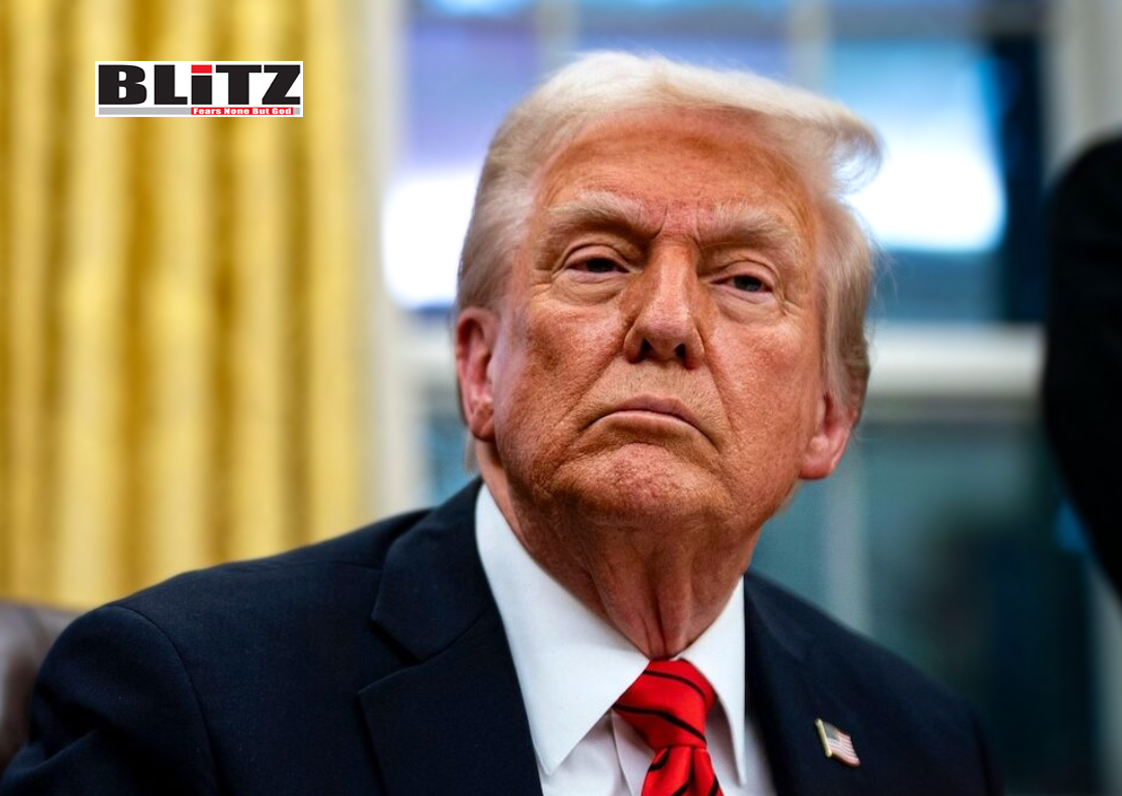
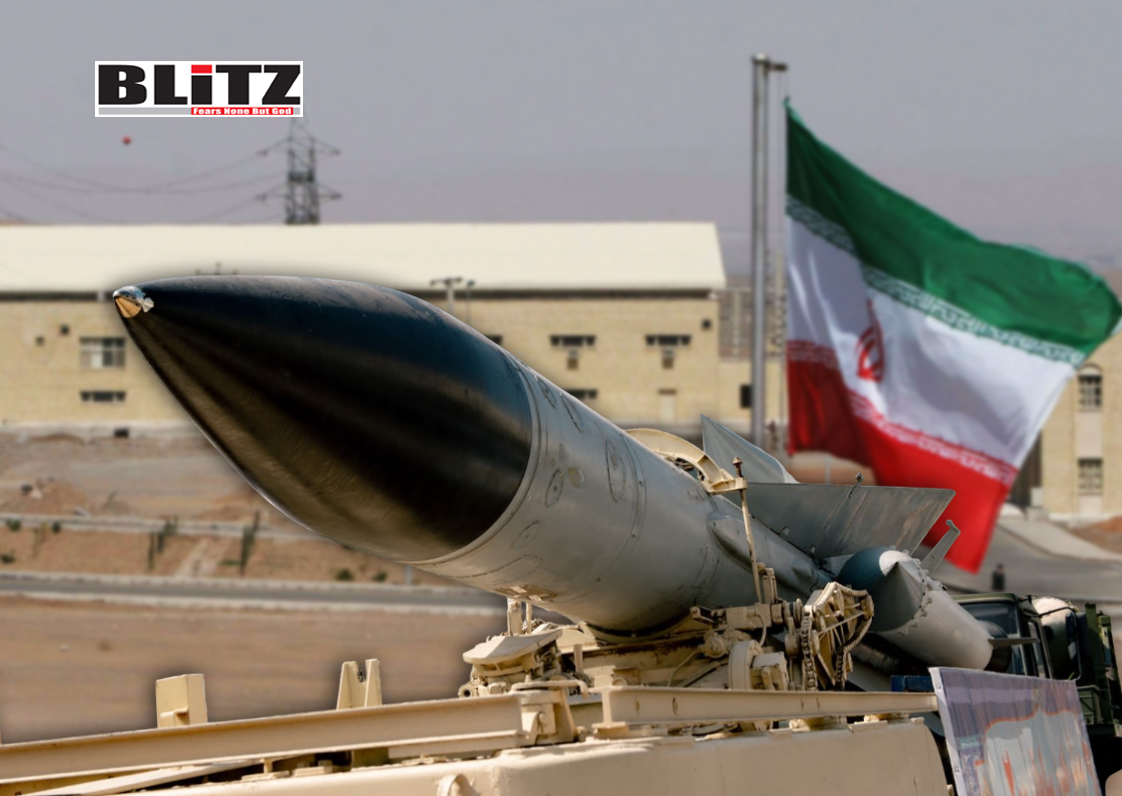
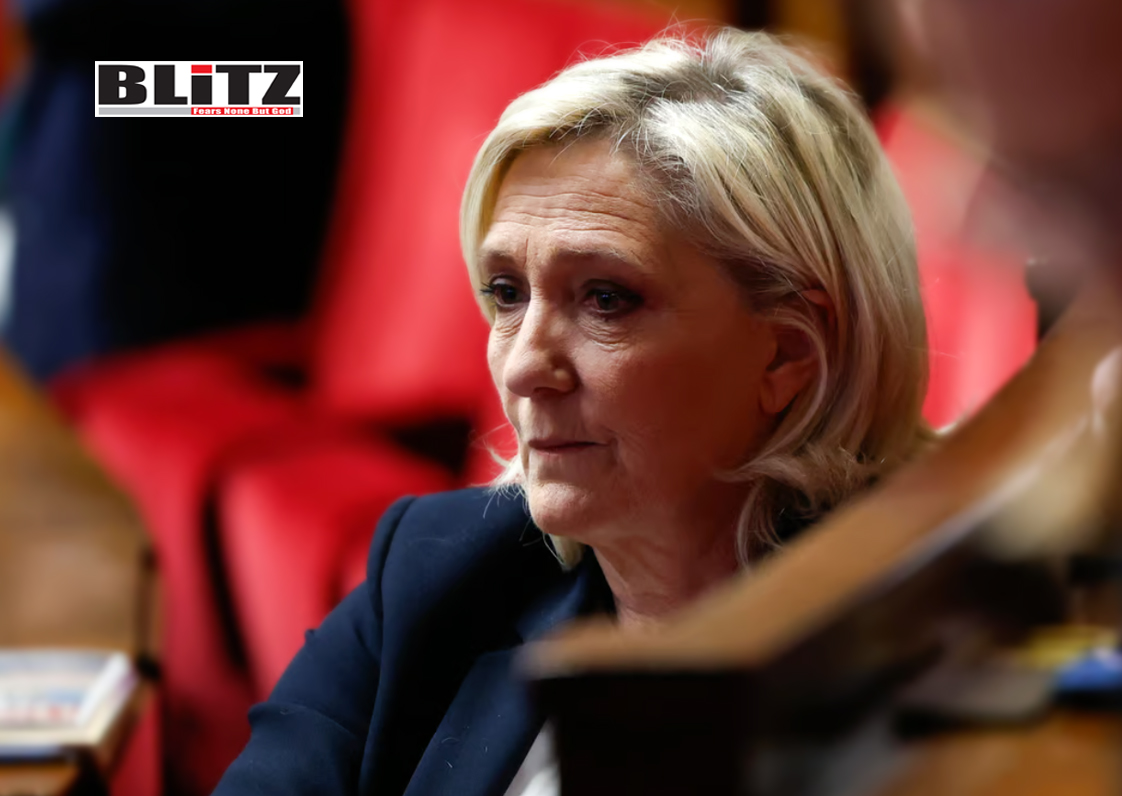
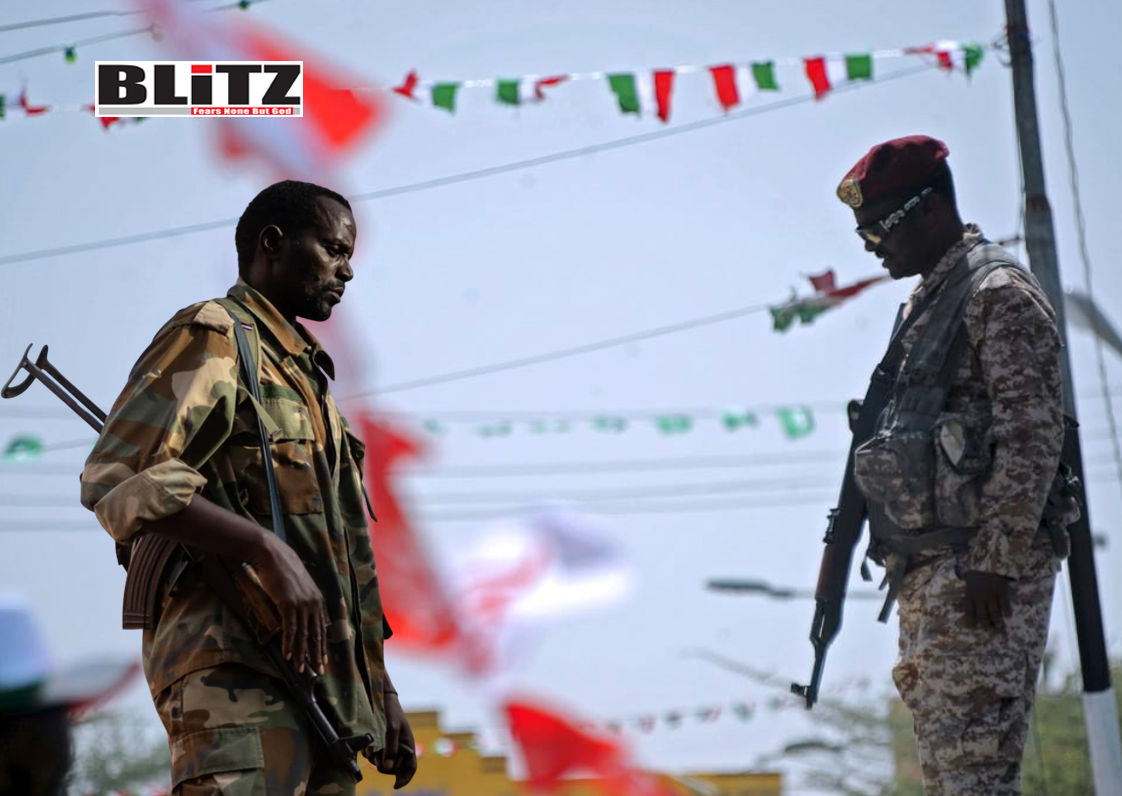
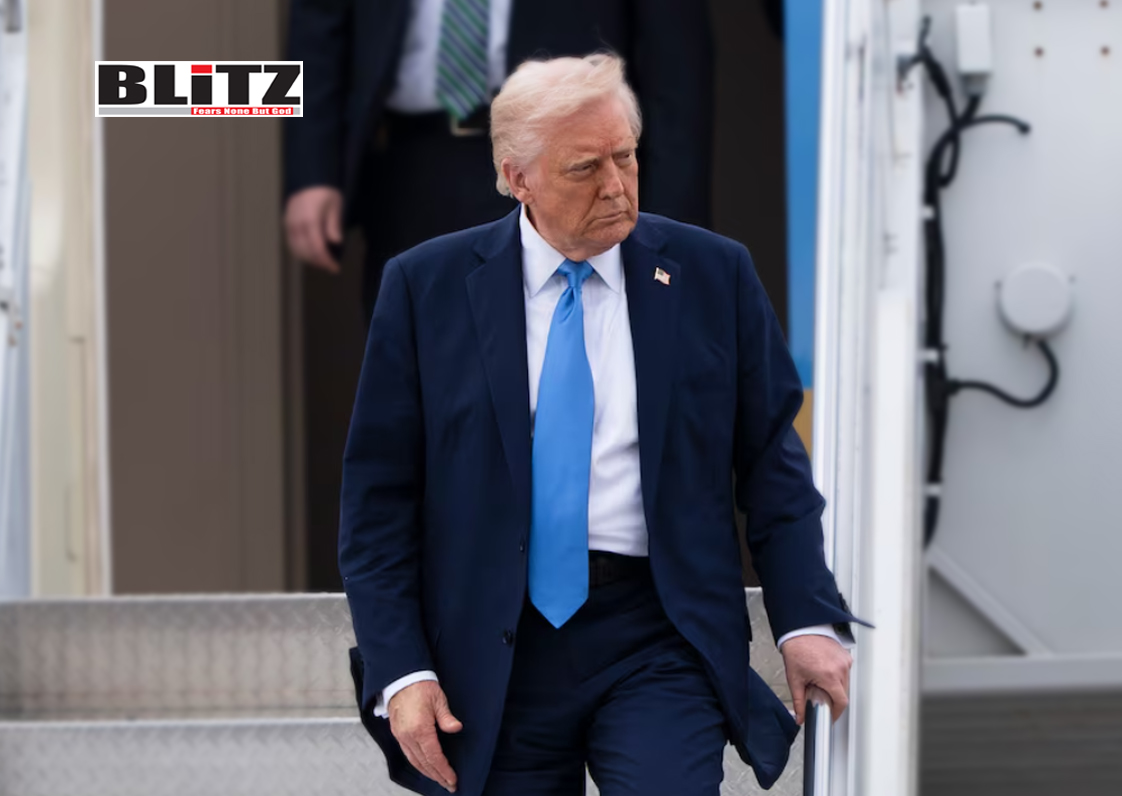

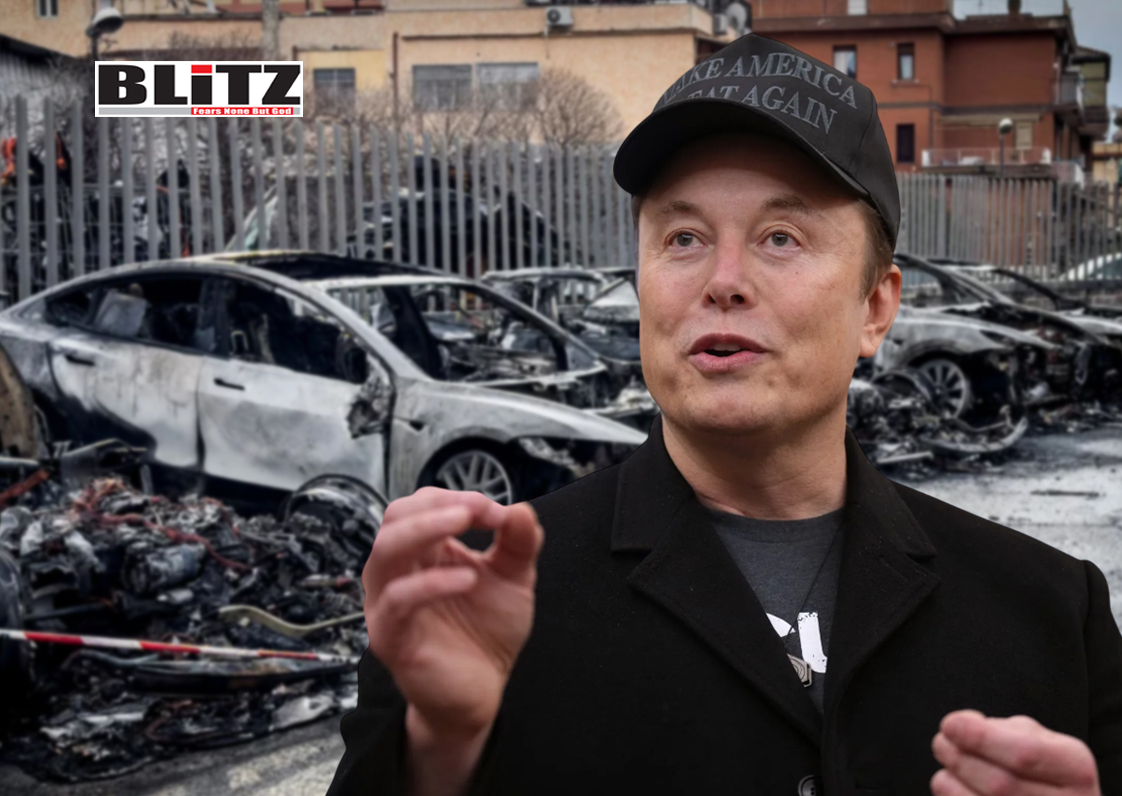


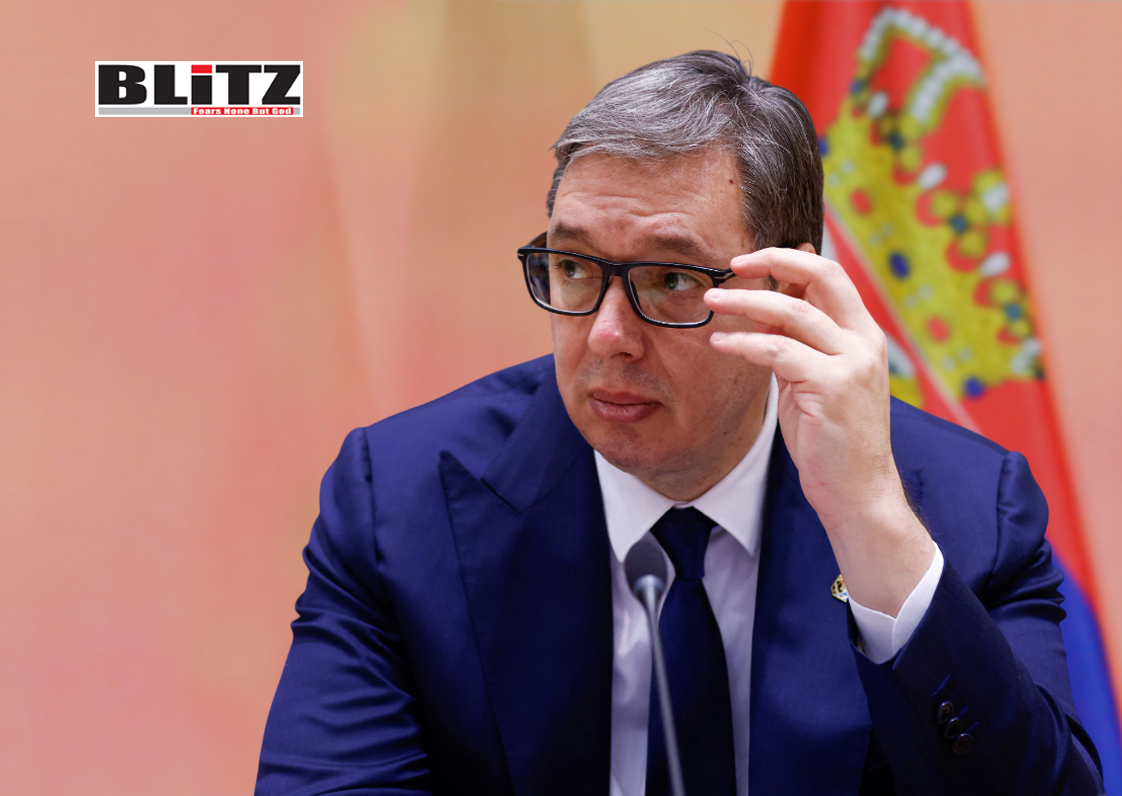

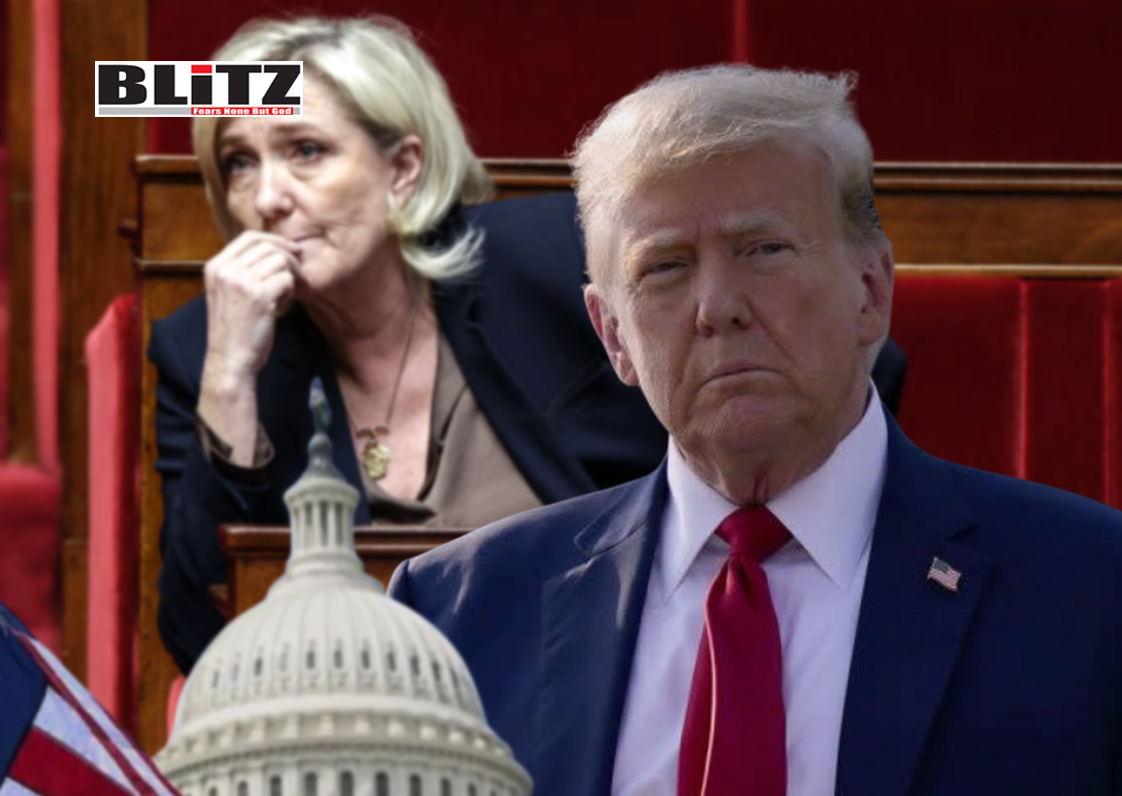
Leave a Reply